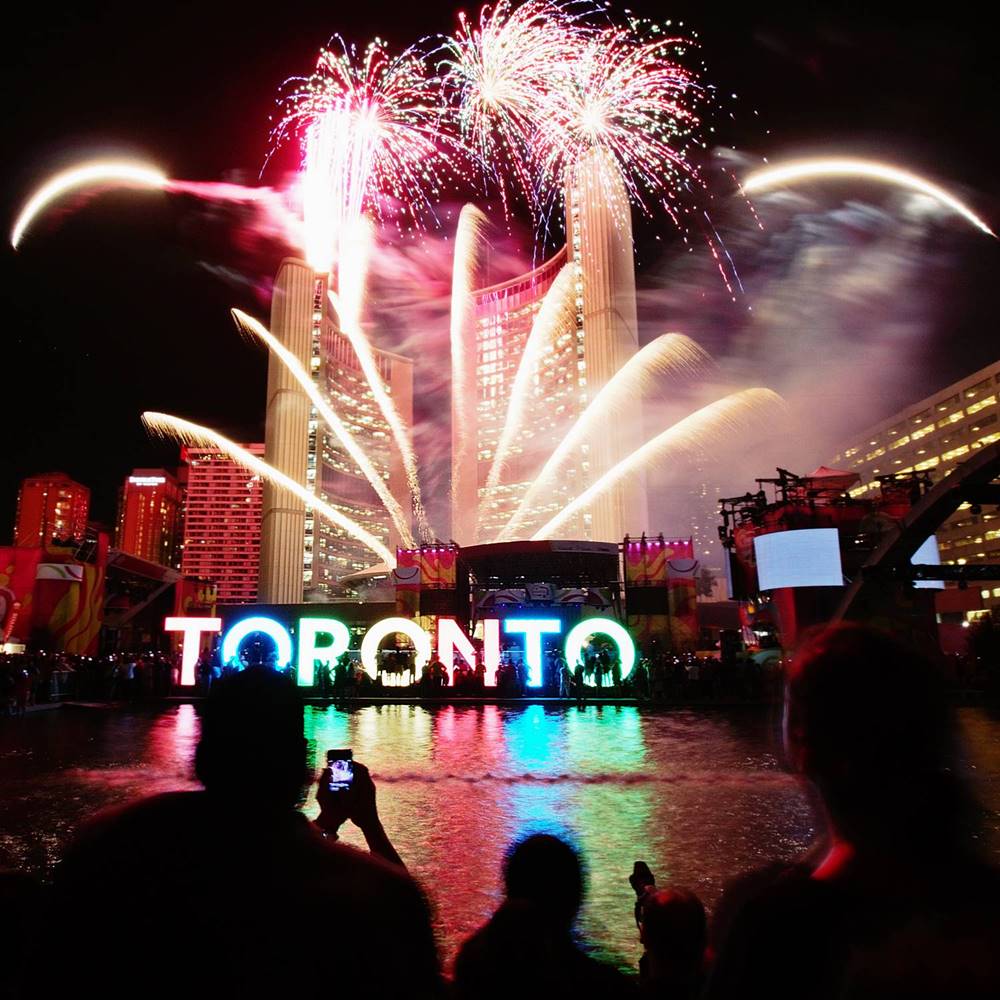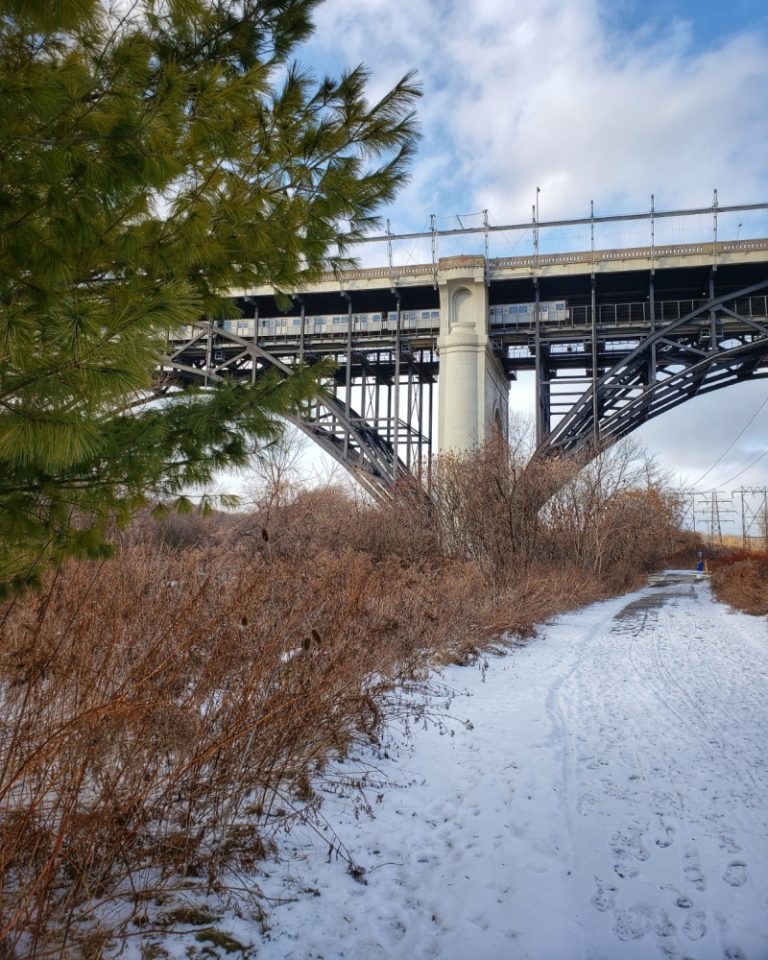Monthly Newsletter: March 2006
This month I’d like to spend some time discussing two of the most often misunderstood facets of the income property business & fire retrofit legislation and the issue of legal duplexes/triplexes, etc. I’d like to thank Paul Schuster, one of Toronto’s leading retrofit experts, for his contributions to this month’s column. If you have any further questions, please feel free to contact him at paul@pcfirecode.com or contact your Plex sales representative.
One of the most common things that we see on listings for income properties is the claim that Vendor does not warrant retrofit status. We often explain to our clients that over 90% of the available properties that have units have not been fire retrofitted. Many lenders do prefer that multi-residential buildings meet retrofit standards; however, this is NOT a requirement to get financing on these types of properties. We are able to finance non-retrofitted properties every day. While all income properties may not be retrofitted they still do have to confirm to the fire code. The Ontario Fire Code (O.Reg. 388/97) is a regulation made under the Fire Protection and Prevention Act as a companion document to the Ontario Building Code. The Ontario Building Code is the document that provides for safety in new buildings. The Fire Code provides for the safety of occupants in existing buildings and the retrofitting of certain occupancies. The Fire Code is enforced by the local Fire Department, being the authority having jurisdiction. Fire Code Retrofit is the upgrading of certain buildings including residential buildings containing two or more dwelling units to a reasonable level of life safety. These are buildings that may have been built prior to 1975 when the Province of Ontario adopted the Ontario Building Code as we know it to-day or buildings that have had construction or renovations done without the benefit of permits. Prior to this date construction was done under the governance of the National Building Code, if adopted by municipalities or by local by-laws.
In the 1980’s and 1990’s The Fire Code was revised to introduce Retrofit Legislation. This was designed to bring existing buildings up to a reasonable level of life safety. This will not provide a building with today’s standards but a level of life safety that will be reasonable. It is important to ensure your building complies with this legislation for the safety of residents and to protect you as a building owner from prosecution and other liabilities. The Fire Code clearly states that the Owner is responsible for complying with the requirements of the Code. Some fire departments heavy handed “you are guilty, prove your innocence” approach for enforcement of the Retrofit provisions, appears to be contrary to Canadian traditions and legal practices. The fire departments of Ontario employ excellent fire fighters, fire safety promoters and fire prevention educators. However, some very rigid enforcement policies that are driven by liability concerns continue to cause anguish among apartment building and two dwelling unit-building owners. The goal should be improved fire safety, not creating paperwork and a bureaucratic nightmare. Today Fire Departments increasingly tend to not have the resources or manpower to carry out the education of the property owner, and consequently are finding themselves in a position where they feel justified and compelled to prosecute when non-complying situations are discovered. The property owner or prospective purchaser has very little recourse but to accept this heavy handed course of action. The term “Retrofit Status not Warranted” means just that. The building probably doesn’t comply, and the purchaser should understand that they assume all liability on the day they take possession, including the above noted penalties. Complaint to the Fire Department today come from neighbors or disgruntled tenants and when they get involved the matter will often end up in court. Today we are hearing of a Fire Code Retrofit Task Force being formed in the Toronto Fire Department. The purpose of this is to try and catch up with all the non-compliant properties. Another issue that I’d like to discuss is the notion of a legal vs. non-legal duplex or triplex. Legality in this case refers to its zoning status and does not suggest or imply that the property may be contravening any actual laws. It simply means that the City des not recognize the property as a duplex. This can be for a number of reasons. A purpose-built duplex is almost always legal. If you add a basement suite, that does not make the building a legal triplex. It is still a duplex, but with a legal non-conforming basement. “Non-confirming” means that the additional unit doesn’t meet the guidelines in the zoning bylaws. It may have constructed prior to existing bylaws, so we term that as being grand fathered. An example might be if there is a gas station at the end of a block. Say the zoning changes such that no more gas stations are permitted to operate. The pre-existing station does not have to close down. Its use is now considered non-conforming to the new municipal zoning bylaw, but it is certainly allowed to continue to operate. The second suite bylaw acknowledges that every dwelling unit can have two self-contained units in it with no concerns. Once you add additional units, the status of the building does not necessarily change. As noted above, all accessory apartments have to meet fire code standards. Sales of Toronto income properties continue to be brisk, with many properties with nice suites often selling for over asking price. The sales prices suggest to me that the Sellers are still on the winning side of the equation.
From an investors’ point of view, it has become difficult to make great returns in the prime areas of the City. It seems that just having properties in key neighbourhoods is just as desirable for purchasers as making short term returns. Many shrewd investors understand the prime areas always hold their value, although they usually achieve better than average capital appreciation, and that’s why it’s important to get in now. Perhaps, it does make sense to buy a six cap today while you still can. Remember that we’re still very competitive relative to other major markets. Lastly, a quick thought on interest rates and where they may be heading this year. Are interest rates going up in 2006? There has been lots discussion concerning the Bank of Canada’s need to raise interest rates and contain the threat of inflation. However, the realities today are very different from last year. Our dollar has been on a tear lately and according to many economists a $.90cent dollar acts in the same way as raising interest rates… it contains inflation. Knowing this fact, the real estate industry can and should know that rates might be raised one or two might times… with all signs pointing to a holding pattern for the end half of 2006.All the best to everyone for a safe Spring break.
P.A.



